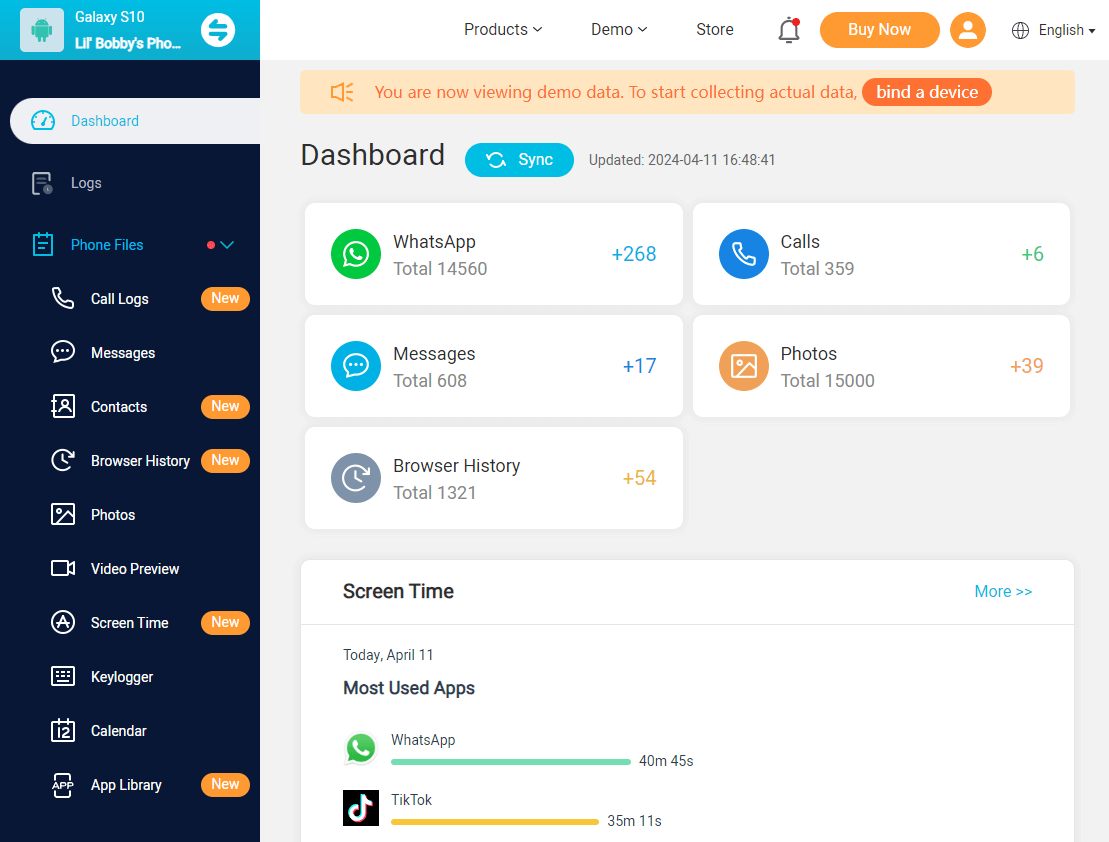ClevGuard Support: Monitor Devices with Others' Permission.
In today's digital age, owning a smartphone has become a norm, especially among children and teenagers. However, there is a growing issue where kids who don't have an iPhone are being bullied and ostracized by their peers. This can have a significant impact on a child's self-esteem and overall well-being. As a parent, it's important to address this issue and find ways to support your child.
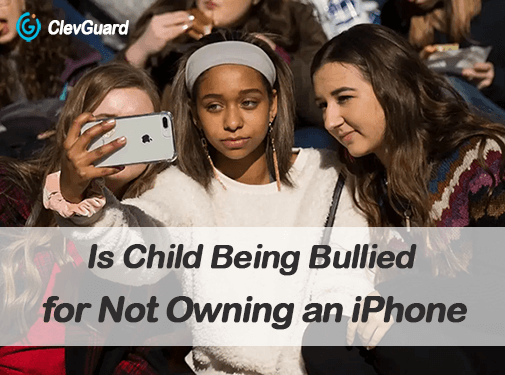
Table of Contents
Part 1. Why There’s an iPhone Craze?
Part 3: How to Help If Your Child Is Being Bullied for Owning an Android
Part 1. Why There’s an iPhone Craze?
iPhones have become incredibly popular among children and teenagers. The attractive design, advanced features, and ability to use a wide range of apps make them highly sought after. Kids view owning an iPhone as a symbol of being cool and not having one can make them feel excluded. Peer pressure also plays a crucial role in this trend, as children strive to fit in and be accepted within their social circles.
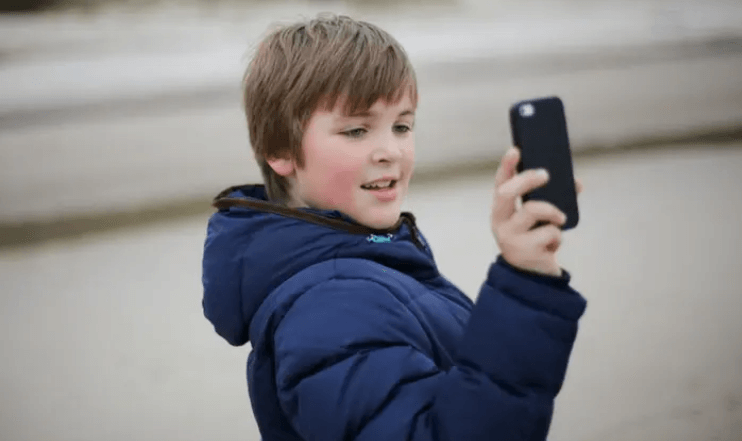
Part 2: Signs of Bullying
It's essential to recognize the signs of bullying to identify if your child is being targeted for not having an iPhone. Some common signs include:
Physical signs: Unexplained bruises, cuts, or marks on the body can be a clear indicator of physical bullying. Pay attention to frequent headaches, stomachaches, or other physical complaints that may be stress-related.
Emotional changes: Look for sudden shifts in mood, such as increased irritability, anxiety, or depression. Victims of bullying often experience a decline in self-esteem and may show signs of sadness or withdrawal.

Changes in behavior: Notice if a person starts avoiding certain places or activities they used to enjoy. They may also become more socially isolated, lose interest in school or work, or exhibit changes in eating or sleeping patterns.
Loss of belongings: Bullying sometimes involves theft or the destruction of personal belongings. If an individual frequently loses or comes home with damaged items, it could be a sign of bullying.
Social difficulties: Bullying often impacts an individual's social relationships. Watch for signs of difficulty making or maintaining friendships, being excluded from social groups, or experiencing changes in peer dynamics.
Academic decline: Victims of bullying may struggle academically due to the emotional toll it takes on them. Look for a sudden drop in grades, lack of focus, or a decline in participation and motivation.
Unexplained absences: Bullied individuals may frequently miss school, work, or social events without a valid explanation. They may try to avoid situations or places where they may encounter the bully.
Changes in online behavior: With the rise of cyberbullying, it's important to monitor changes in online behavior. A person who suddenly stops using social media, receives hurtful messages, or has a sudden decrease in online activity may be experiencing bullying.

Remember, these signs can vary from person to person, and it's crucial to approach each situation with empathy and understanding. If you suspect someone is being bullied, it's important to provide support and seek help from appropriate authorities or professionals.
Part 3: How to Help If Your Child Is Being Bullied for Owning an Android
If your child is facing bullying due to having an Android instead of an iPhone, here are some practical steps you can take to support them:
1Boost Your Child’s Confidence
The key to handling bullying is building self-esteem. Teach your child that their value is not tied to the brand of their phone but to their character, intelligence, and kindness. Encourage them to focus on their strengths and talents rather than material possessions. When children feel secure in themselves, they are less likely to be affected by peer pressure.
2Teach Assertive Responses
Help your child develop confidence in responding to bullies. They can use humor, calmly ignore the remarks, or respond with a confident but non-confrontational reply like, "I use my phone for what I need—it does the job." Practicing these responses at home can help them feel more prepared and less intimidated in real situations.
3Monitor and Address Cyberbullying
If the bullying extends to social media or messaging apps, monitor their online interactions. Android or iOS phones come with parental control features and third-party apps like KidsGuard Pro, which allow parents to track messages and online activities, and set keyword detection. If cyberbullying occurs, document the evidence and consider blocking or reporting the offenders.
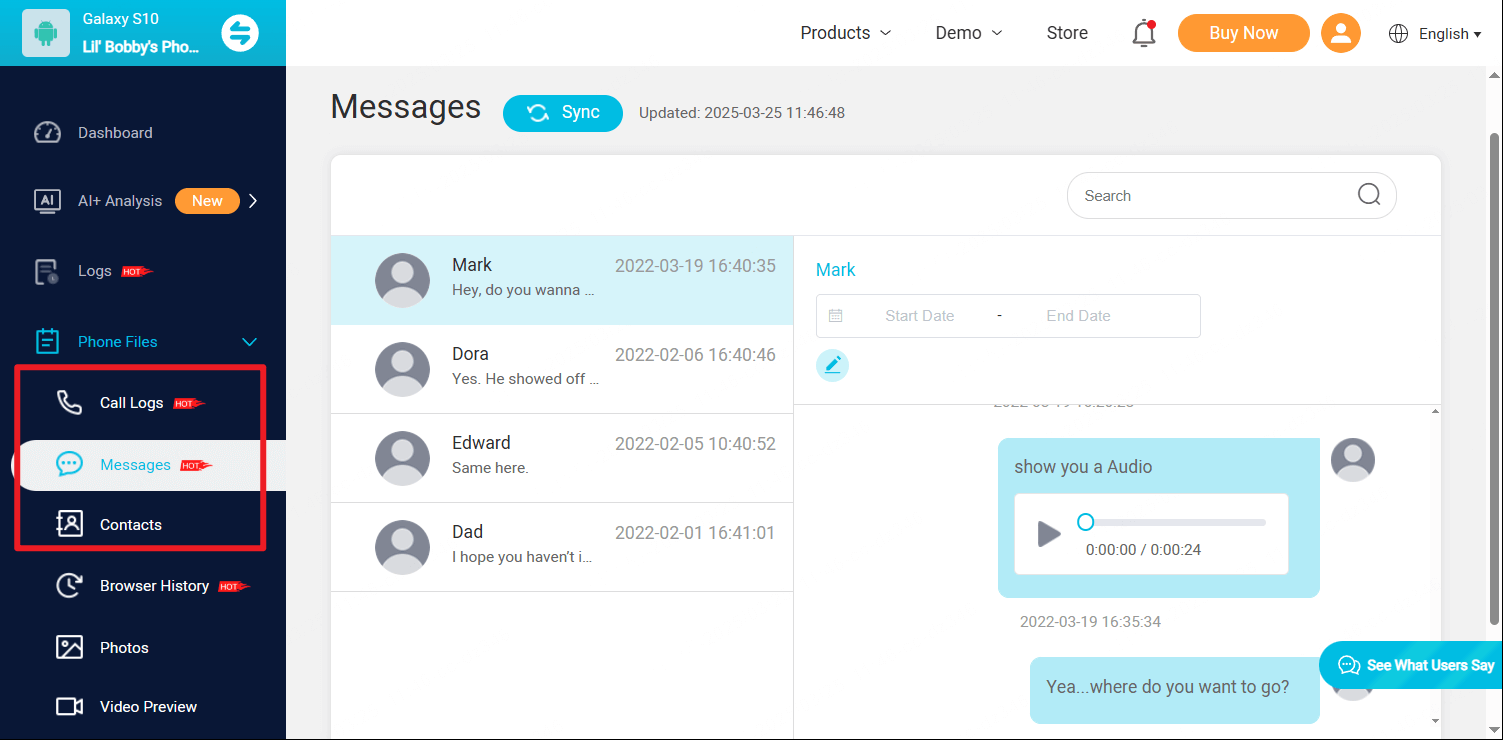
To address the problem of bullying related to not having an iPhone, parents can use parental control apps like KidsGuard Pro. KidsGuard Pro is a comprehensive monitoring solution that allows you to protect your child from online threats and keep an eye on their digital activities. Here are some main features of KidsGuard Pro:
Call and message monitoring: Keep track of your child's incoming and outgoing calls and text messages to ensure their safety and prevent cyberbullying.
Social media monitoring: Monitor your child's social media accounts to identify any signs of bullying or inappropriate behavior.
GPS tracking: Know your child's whereabouts and ensure their safety by tracking their location in real-time.
Web filtering: Block access to inappropriate websites and content that could potentially harm your child.
By taking these steps, you can empower your child to handle the situation with confidence and ensure they feel supported, both at home and in school.
Using KidsGuard Pro is simple and easy. Here are three simple steps to get started:
Step 1. Create an account of KidsGuard Pro.
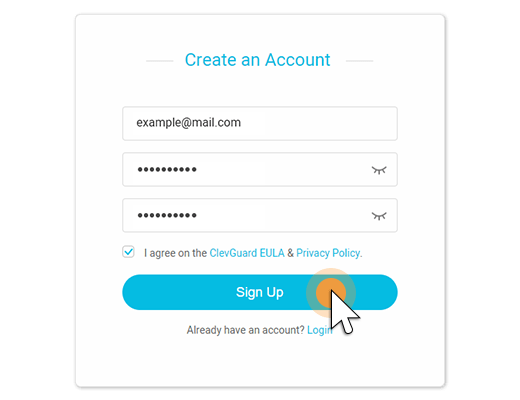
Step 2. Download KidsGuard Pro on your child's device, and follow the on-screen instructions to link your child's device to your account.
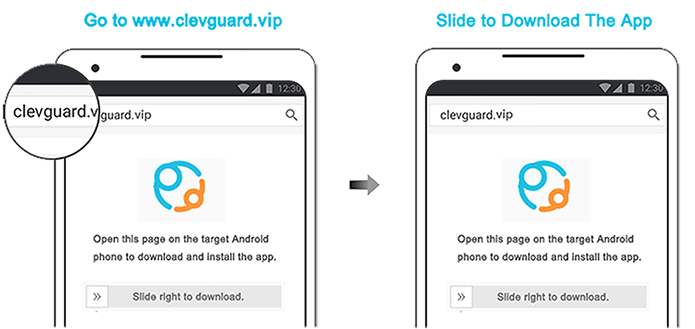
Step 3. Once the setup is complete, you can start monitoring your child's device remotely through the KidsGuard Pro dashboard.
4Encourage Supportive Friendships
Having a strong group of friends can significantly reduce the impact of bullying. Encourage your child to spend time with peers who share their interests and value them for who they are rather than what they own. A good support system can help them feel more confident and less affected by negative comments.
5Communicate with School Authorities
If the bullying becomes persistent, involve the school. Teachers and counselors can intervene by addressing bullying behaviors and promoting an inclusive environment. Schools often have anti-bullying policies, and raising awareness can help prevent similar incidents in the future.
6Shift the Focus from Materialism
Talk to your child about the downsides of materialism and the importance of prioritizing real-life experiences over gadgets. Explain that trends change, and what’s "cool" today may not be tomorrow. Encouraging this mindset helps them develop a healthier perspective on peer pressure and social status.
FAQs
Q1. How common is bullying related to smartphone ownership?
Bullying related to smartphone ownership is unfortunately becoming more common, given the societal emphasis on certain brands.
Q2. What should I do if my child is exhibiting signs of being bullied?
Open communication is key. Talk to your child, listen to their concerns, and take appropriate steps, including involving the school if necessary.
Q3. Are there affordable alternatives to iPhones for children?
Yes, there are various affordable smartphone options designed specifically for children, offering parental controls and safety features.
Q4. How can I teach my child resilience in the face of peer pressure?
Encourage a positive self-image, celebrate their uniqueness, and provide them with coping strategies to navigate peer pressure confidently.
Q5. When should I consider seeking professional help for my child?
If the bullying persists or has a severe impact on your child's well-being, you should consider consulting with school counselors or psychologists for professional support. Also, you can try some professional tools like KidsGuard Pro for help.
Conclusion
Bullying related to not having an iPhone can have a significant impact on your child's well-being. As a parent, it's crucial to address this issue and find ways to support your child. Using parental control apps like KidsGuard Pro can help protect your child from cyberbullying and provide you with peace of mind. By monitoring their digital activities and ensuring their safety, you can help your child navigate the challenges of growing up in a digital world. Remember, it's not about the phone they have, but the love and support you provide as a parent.







